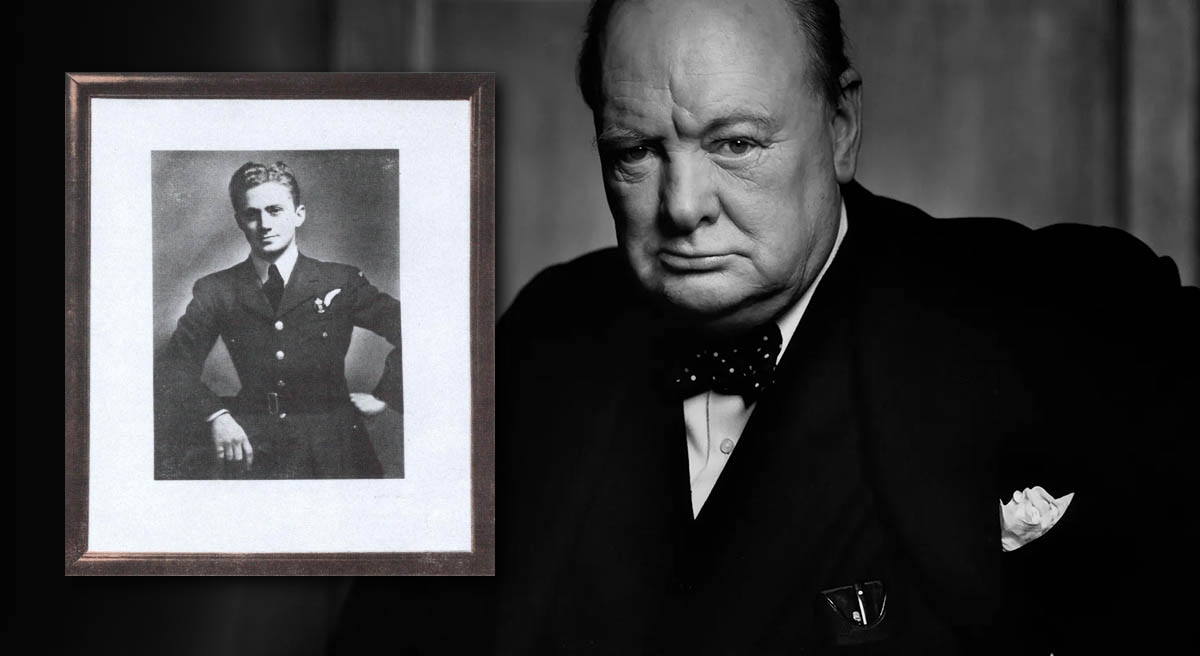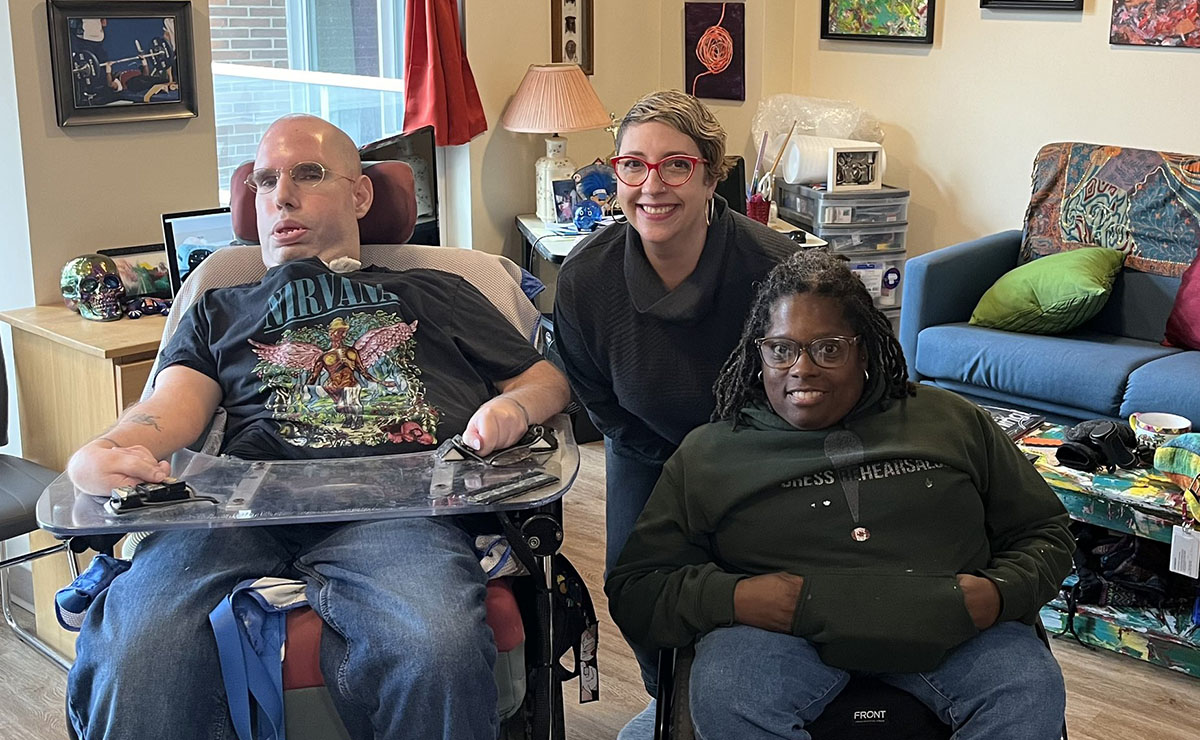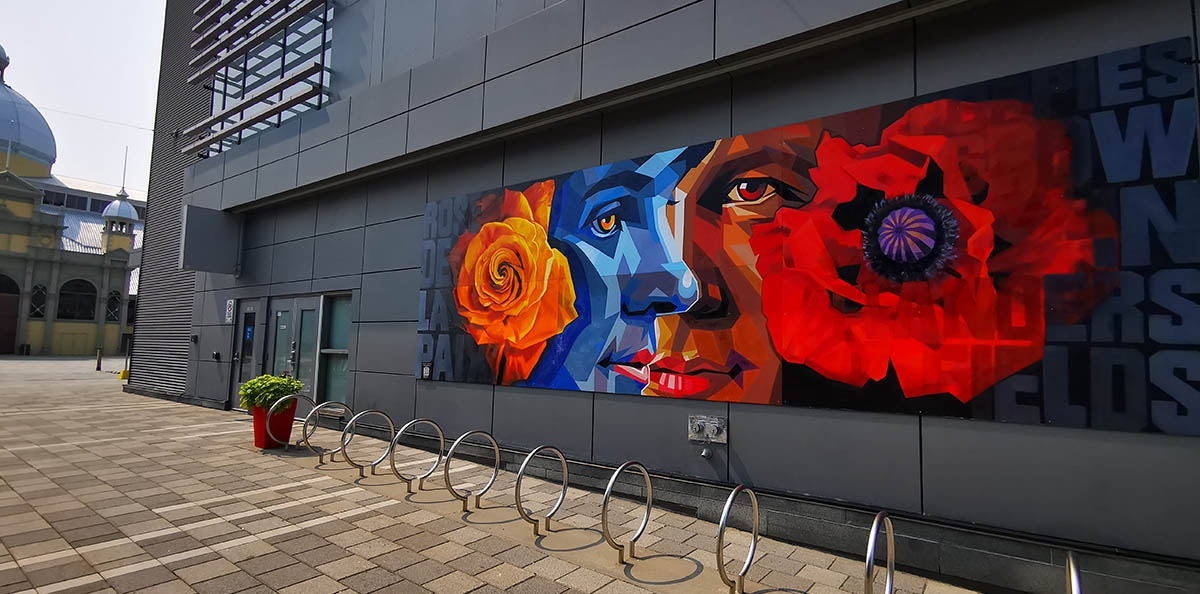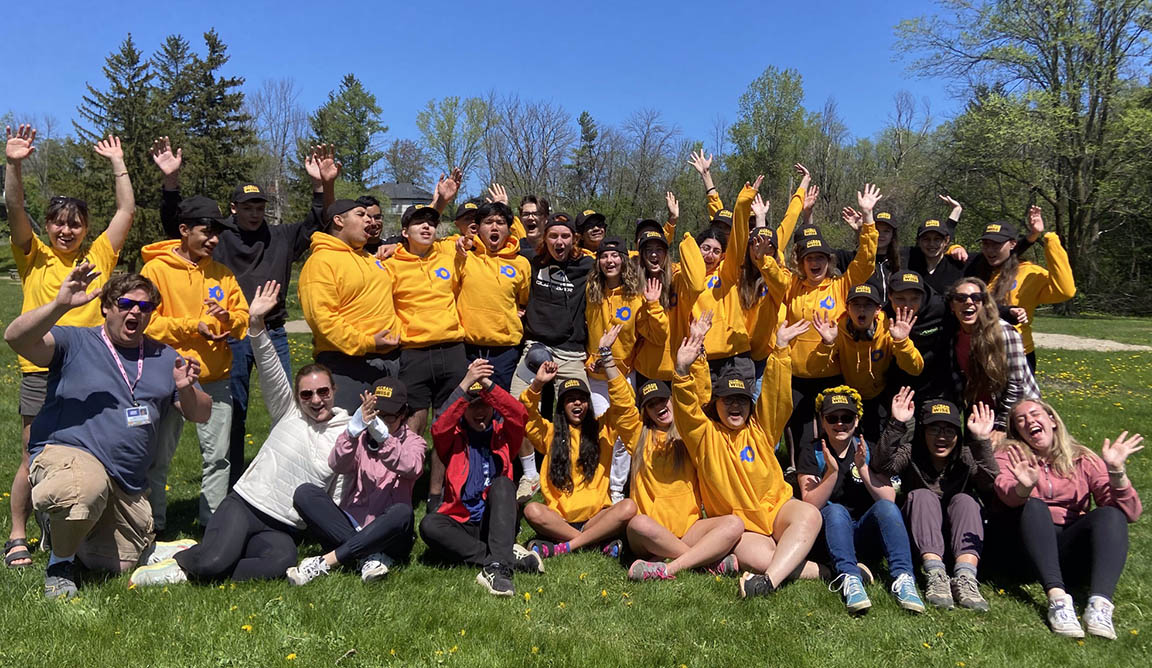
The other Karsh picture.
ABOVE: Norman Levine’s portrait, taken at night by Karsh's "touch-up" assistant. (RIGHT) The famous Winston Churchill portrait by Yousuf Karsh.
By John Delacourt
The Chateau Laurier’s manager Genevieve Dumas called it “a brazen act.” Somebody managed to walk in, unobserved, into the reading lounge of this historic hotel in downtown Ottawa, extract Yousuf Karsh’s photograph of Winston Churchill from its frame and replace it with an unsigned print reproduction. In a city not transformed into a ghost town during the pandemic, this probably would have been unthinkable, if not impossible. Dumas added that staff, and no doubt many Ottawans who take pride in the hometown photographer’s iconic work, are deeply saddened by this loss. Saddened and angered, understandably.
Yet, in this story, there is an ironic nod to Ottawa’s literary history, largely forgotten, that gives this incident added resonance. Most Canadians know of Yousuf Karsh’s work, even if they don’t know of him by name. His portrait of Churchill is just one of many famous images, masterfully lit, staged, and shot in silvery monochrome, that both defamiliarize and reveal a deeper sense of character with the once-famous: Elizabeth Taylor, Dag Hammarskjold, even George Bernard Shaw sat for the master (you can see many of these on Instagram at yousuf_karsh_official). For those visiting Ottawa, walking from Parliament Hill east towards Rideau Street, they will pass a statue of the great Armenian-Canadian artist just outside the hotel, appropriately enough, where Karsh not only lived for many years but also showcased his work in a studio on the main floor. But long before the lucrative magazine assignments and the international celebrity, Karsh honed his craft as a local businessman – albeit one with extraordinary talent – who’d shoot wedding and graduation photos and sometimes portraits of young conscripts in uniform. It’s Karsh, the neighbourhood artiste whose work is the inspiration for the short story “My Karsh Picture” by Norman Levine.
Levine, who grew up in Ottawa, son of Polish immigrants, never attained the kind of recognition and celebrity bestowed upon Karsh. After serving in the RAF during the Second World War, he married and settled in St. Ives, Cornwall. Like Mavis Gallant and the young Mordecai Richler, exile served to sharpen and refine his vision of Canada and his stories of growing up in Lowertown, like his travelogue/memoir “Canada Made Me,” is a work of high literary art. Surprise, he’s mostly unread now, damned by the faint praise of being a “writer’s writer.”
His is not a sensibility that comforts and consoles. Descriptors of his work, like “subtle, penetrating and quietly compassionate,” are not going to sing on Booktok. Indeed, when “Canada Made Me” first came out, Levine’s chronicle of his three-month journey across the country was considered controversial at best, mostly reviled by the critical champions of the folksy and the twee. The Canada he wrote of was one of the small towns and cities thrumming with diminished expectations and unfulfilled promises. We’ll take a stark, stripped-down balance of light and shade in a celebrity photograph and consider the artist behind it a cultural treasure much more readily than we’ll embrace a writer who can transmute those same qualities into an unflinching portrait of our country. Re-reading Levine after the ravages of the pandemic, it is a portrait that seems all-too contemporary and familiar.
Levine’s story “My Karsh Picture” features a young narrator, just out of flight training, whose parents want a Karsh photo of him in uniform before he heads off to war. Karsh’s work is too expensive for a family of limited means, but there’s a way around this:
“The Jewish community in Ottawa’s Lower Town was small and provincial, but it had a well-organized grapevine. My parents got wind that the person who did all the touching-up at Karsh’s, a refugee, sometimes took private sitters in the evenings and could produce photographs exactly like those of Karsh for a fraction of the price.”
The narrator sits for this “toucher-upper” and his assistant Zhavel, another refugee, but both men struggle to get this sitter to achieve the trademark Karsh look for the portrait. Like stage directors, they instruct the narrator to imagine a scene of great dramatic import, but nothing seems to work. He’s “a stoneface.” The narrator suggests he could just say “cheese,” but no, he needs to imagine latkes prepared by an attractive woman. Nude. Like a parable of the author’s inability to resort to the inauthentic for dramatic effect, the ersatz Karsh is developed with a cheesy halo of light behind his image. Years later, when he returns to Ottawa for a visit, it’s still hanging in his parents’ home.
The story goes that when Churchill sat for Karsh, he too was a stoneface. It took Karsh snatching the cigar out of Churchill’s mouth for him to achieve the desired effect. Captured in both the original and the copy.
For more stories by John Delacourt, visit www.jdelacourt.com









